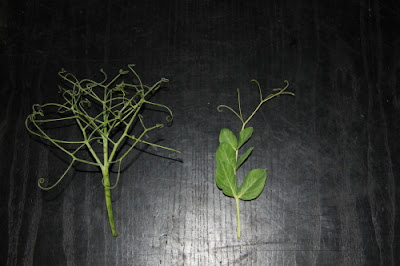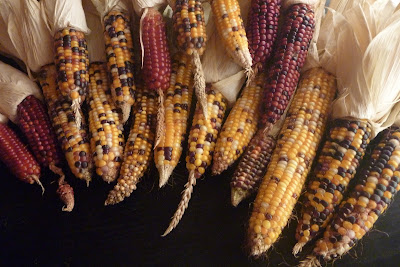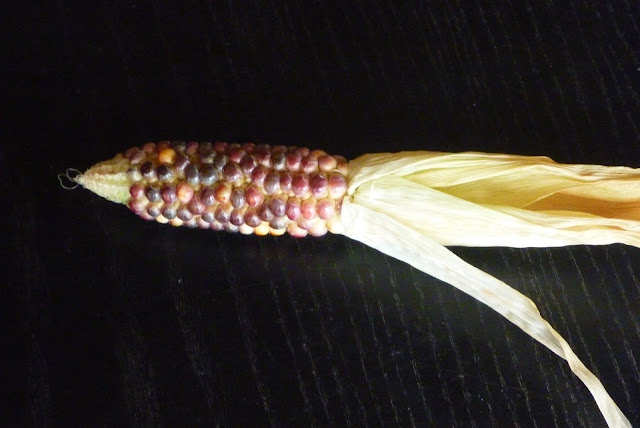Part 2 - The Birth
(part 1 see here)Tammie is here, I cannot express how relieved I am to have her here with me. This birth is just going to be be amazing. We just need this baby to come. Lets plan. lets keep busy surely babies like to ruin your plans coming at the most inconvenient times. We shop even go to the next town a whole hour away, we go to the library and Tammie cleans she just keeps cleaning. At first I feel terrible, I didn't ask her to come wanting her to clean my house. I hope she doesn't think that is what I have done. Then I am told some wise words. I realise she is just trying to help me and support me, it is what she wants to do, she wouldn't do it otherwise (I hope these wise words were true).
41 weeks. This is OK, I can do 41 weeks. Tammie is here another week. Immali was born 41+3. But the niggles are there, what am I going to do if she doesn't come. Will I really need an induction, surely I don't babies come when they are ready, 40 weeks is an average not a norm. 40 weeks is not the normal. Normal for me is whenever Ukpik decides to come. I rest in that peace for now. We have a lovely week together. I am growing huge, everything is getting hard. I cannot sleep I cannot sit I cannot walk much. I just plain hurt. I am so very thankful Tammie is here helping keep my house running. I truly hope she doesn't think I am taking advantage of her. She is an absolute blessing.
I am 42 weeks, what am I going to do. Tammie is going home. She cannot stay. I cannot ask her to stay. I want so badly to ask her to stay. But her family misses her, they need her, they now need her more than I do. 2 weeks is a long time for a mumma to be away from her family. I give her my blessing to go, as much as it hurts I know it is the right thing to do. I try to write her a card so she knows how truly grateful I am that she came, How thankful I am for everything she has done. I am not sure I wrote it well. I hope I did. She leaves, I cry.
I sit in my very clean house. I decide I can still do this. God will be with me. I pray almost constantly that my other friend Lusi will be able to come to the birth. I am stressed she will not make it. And then what will I do if I have to transfer, there will be no one to watch the kids. What will I do.....
God reminds me I almost felt him screaming at me, shut up and listen to me. Trust me please just trust me, I have put you here right where I want you. Trust me, have faith, all will be as it should be. Listen to your song. And I did I listened over and over and over. I wiped all other songs off the ipod and stuck 'Speak, O Lord' on repeat.
42 weeks plus 2. 1:30 am. I wake to a sensation, what is that, what could it be. CRAP my waters broke. There's no towel, why oh why am I not sleeping on a towel I am 42 weeks pregnant what on earth did I think was going to happen. I leap, if you have never seen a 42 week pregnant lady leap out of bed, you probably never will. It is a physically impossible myth. Yet somehow with the cot side-carred, I leaped off the end of the bed. Not one drop of fluid on the bed, not one single one. I am the pregnant ninja woo cha.
I leap, run, waddle. Yes a combo of all 3, try to imagine it. I can't I have no idea how I got to the bathroom before my waters exploded into the toilet. I then spent the next hour sitting in the bathroom with a little fan heater going. Happily keeping Lisa awake so I have someone to chat too, it was so special having her part of the birth even if she was 5 hours away. I wished there was a way to transport her to me. The contractions slowly kicked in and built up. It was time to wake Damo. It was time, it was really time, I was going to meet Ukpik.
I lent over to kiss Damo awake my dreads tickled his face and he woke thinking he was being attacked. Was rather funny for me, I literally wet myself laughing. Been some time since I have been able to scare him so badly. Once he recovered from the shock he got to work setting up and filling the pool for me. He did a great job and it was full in no time.
It is time to call Lusi. I ring her mobile, I ring it again, wake up Lusi I quietly scream as the phone rings. I ring again, no answer. Time to ring the home phone and wake up her 5 kids. Still no answer. Seriously Lusi are you sleeping in earmuffs. The answer machine kicks in, I leave a message along the lines of get your arse out of bed, this baby is coming. Lusi should never camp with me, now I know how deeply she sleeps, oh the tricks I could play.
It was hard to get into my space and also decide if the pool was hot enough, full enough, oh no its too cold now. I was busy contracting while Damo waited for me to give the ok, but he left the cold water running. I didn't know. He tries to top it up but the pump, that pumps the water from the hot water system is busted. It broke during the first fill. He buckets in what he can till it is just warm enough to get in.
4:33am I get into the pool it was great. It didn't give me the space to retreat into myself as much as it did last time. But the movement in the water was lovely. Lusi took over the hot water job, and kept adding kettle after kettle of water till it was hot enough. Every time the water sloshed in it pulled me out of my space. There was no other option that is just what had to be. A full hour she did this till at 5:35am I give her the evil eye to stop.
The next stage just seemed to drag on and on, I could not stop myself fighting the contractions and fighting transition. I knew I had to just relax and allow it all to happen. The fear hit, fear I didn't know I had, what am I doing, I'm nuts. Please someone tell me it's ok, someone say something, remind me I can do this, remind me it will be over soon. I need someone to speak these words.
As I pulled bub up I was sure I saw all the bits that made a boy. I almost announced it was a little boy but didn't. Lusi came running at the sound of crying and all three kids followed. I think Immali woke as Ukpik cried it was very special. Damo or Lusi asked if it was a boy or girl and I thought I would recheck. I looked everywhere for the sac and doddle I thought I had seen but it had fallen off and I had a little girl in my arms. I am not sure I have ever looked at my kids bits so closely. But I just had to be sure I was actually right this time. Lusi even managed to snap a pic of this moment.
I had some no bleed tea and some homeopathics and the placenta was born at 6:10am with the damn membranes once again trailing behind and getting caught in the cervix. Spent the next probably half hour working on extracting the membranes. I was so exhausted but I just kept on pushing and pulling and pushing and pulling and eventually they all popped out. They ripped a few times in the process and I was getting worried I wasn't going to have enough left to pull on. But as God promised it all came and and everything was fine just as it should be.
Kids helping Damo pack away the pool











































